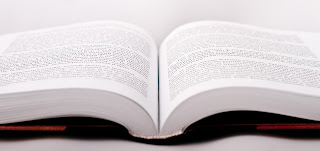"I like funerals. All those flowers—a full life coming to a close." ~ Beryl Bainbridge
Never was there a society that was delusionally content with life as those who maintain an intimate relationship with the dead.
The Remains
- Ancient Egyptians and Peruvians mummified the dead.
- Westerners compete with Egyptian pyramids in matters of preservation of the dead’s remains: elegy recitations, epitaphs on tombstones, gardens of catacombs, tombs and crypts erected.
- Balinese Hindus bury, unbury and then Ngaben (burn) the dead.
- The Torajans hang up their dead on a cliff.
- The Parsis in the Arctic and some folks in Kintamani, Bali, expose the dead to normal weather conditions.
- There’s a particular kind of people who EAT the dead in Papua, inheriting wisdom and strength.
The Memories
- Alhallows, or Halowmas, or Halloween, or Day of the Dead is a mixture of Pagan rituals, Roman Catholicism and native American tradition, established to honor and purify the spirits of the dead.
- Jews offer shivah, a rite that lasts for seven days straight.
- The Confucius and Shinto gather the ashes after cremating their dead, to conveniently pack and pray to the ancestors at home, everyday.
- The Voduns ask the dead for cures and guidance.
- The Buddhists and Hindus, don’t really die, they just to reincarnate to other forms and do the thing all over again. Those who are left without knowing where their parents and loved ones have reincarnated, still honor their dead with pictures adorned with flowers.
- The Javanese and Mexicans are very romantic with their dead. There are the 3 days of mourning, 7th day, 40th day, 100th day, and finally the 1000th day since passing. Afterwards, the graves are visited every year on Eid and Day of the dead, or “nyekar” and “El Día de los Muertos”.
The Gifts
- Sufis and mystics believe that the dead are abound to us by mention and prayer: They’ll hear you mentioning them from the other side.
- On Samhain’s eve, marking the end of harvest year, in which the Celtic Druids offer drink and food to roaming spirits.
- The Shinto and Confucius burn fake money for the dead to buy luxuries in the afterlife. booze on the tombstone or sea (wherever the dead rests) to drink with them.
- Latin Americans, when they open a fresh bottle of drink, the first sip always goes to the ground, where the dead lay rest.
- Plenty of Muslims believe that good deeds can be shifted to the dead. And money, ah that, a debt in life is a debt in death. The dead do not move on until all his debts are settled or pardoned.
The barriers between the dead and living seem to thin with rituals; and death loses it’s tragic finality. Since there has not been a lot of evidence to PROVE WHAT IT IS LIKE TO BE DEAD, we make do with what we have.
For grief that is addressed; makes life – again - bearable.



